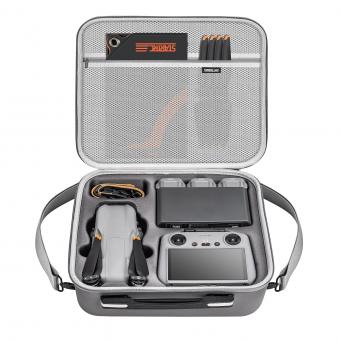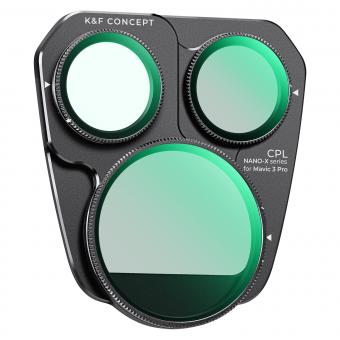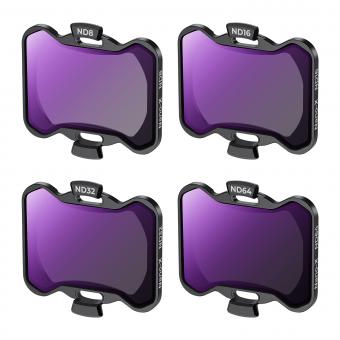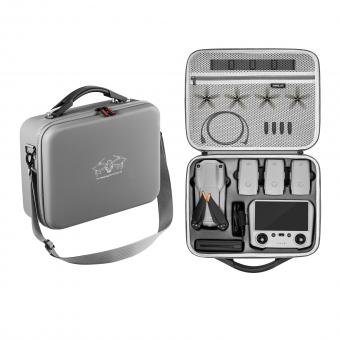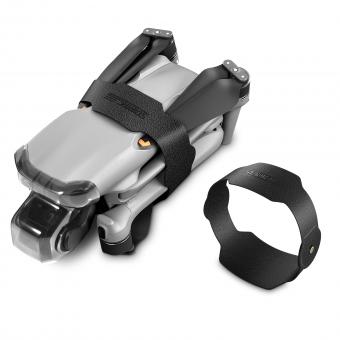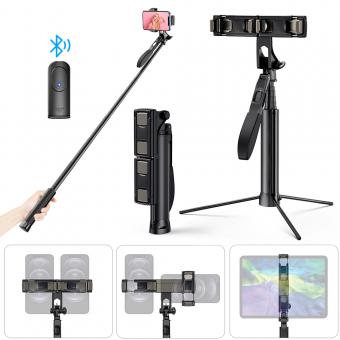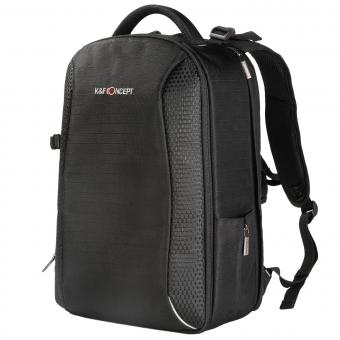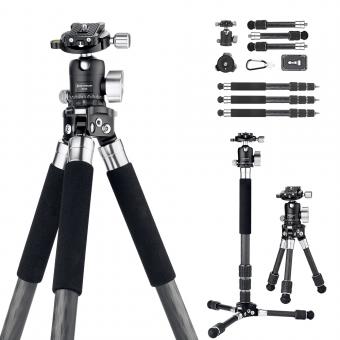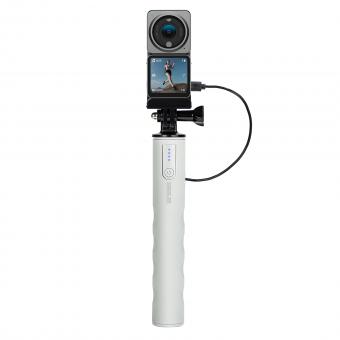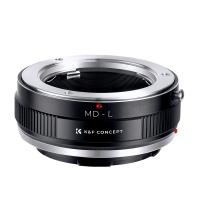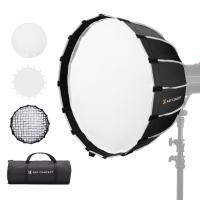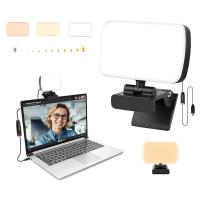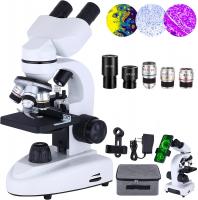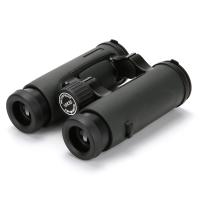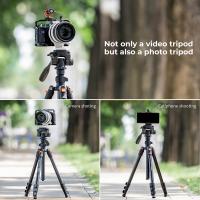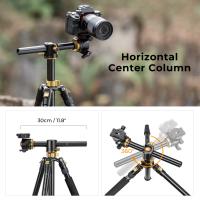How To Pack A Tripod For Air Travel ?
To pack a tripod for air travel, it is recommended to disassemble it as much as possible. Remove the head and any other detachable parts and pack them separately in a padded bag or case. Then, collapse the legs and secure them with rubber bands or velcro straps. Place the tripod in a padded bag or case and pack it in your checked luggage. It is important to ensure that the bag or case provides adequate protection for the tripod during transport. Additionally, it is recommended to label the bag or case with your name and contact information in case it gets lost or misplaced during travel.
1、 Disassemble tripod into smaller parts
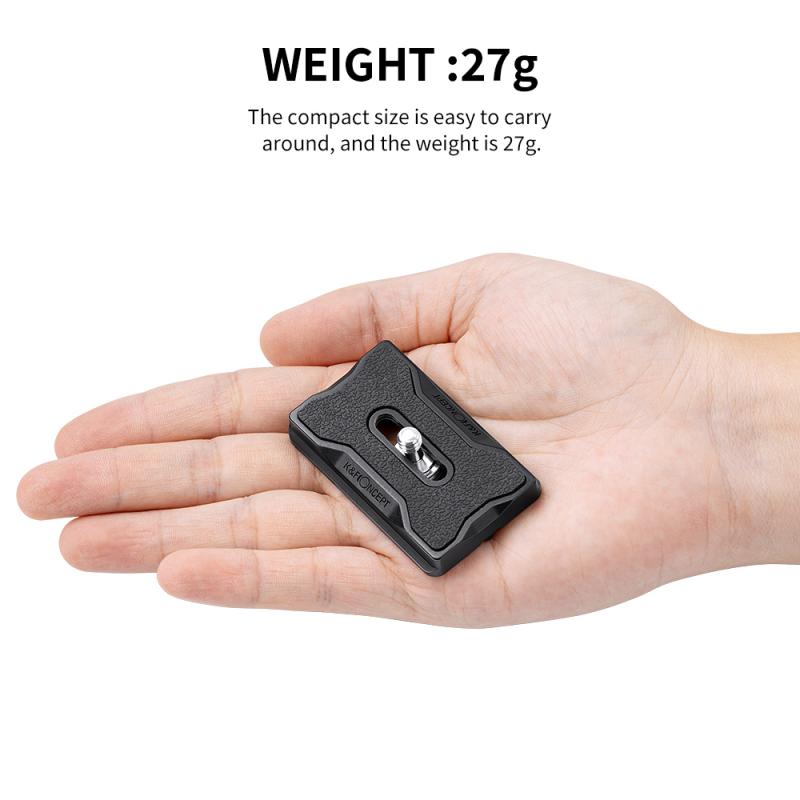
How to pack a tripod for air travel? The best way to pack a tripod for air travel is to disassemble it into smaller parts. This will not only make it easier to pack, but it will also reduce the risk of damage during transit. Most tripods can be broken down into three main parts: the legs, the center column, and the head.
To disassemble the tripod, start by loosening all the knobs and locks. Then, remove the head from the center column and the center column from the legs. If your tripod has removable feet, take them off as well. Once everything is disassembled, wrap each part in bubble wrap or foam padding to protect it from scratches and dings.
When packing the tripod, place the legs in a padded tripod bag or wrap them in a towel or blanket. Then, place the center column and head in a separate bag or wrap them in their own padding. Finally, pack everything in a sturdy suitcase or backpack.
It's important to note that some airlines have restrictions on the size and weight of carry-on luggage, so be sure to check with your airline before traveling. Additionally, some countries have restrictions on the types of items that can be brought into the country, so be sure to check with your destination's customs office before packing your tripod.
In conclusion, disassembling your tripod into smaller parts is the best way to pack it for air travel. This will help protect it from damage and make it easier to transport. Just be sure to check with your airline and destination's customs office before traveling to ensure that you comply with all regulations.
2、 Use bubble wrap or foam to protect each part
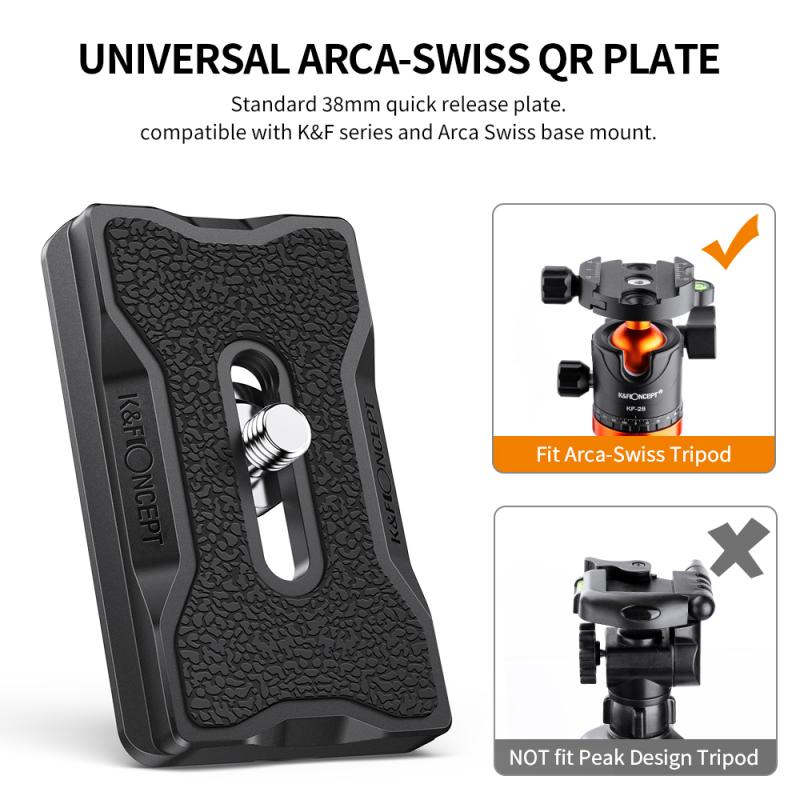
How to pack a tripod for air travel? Use bubble wrap or foam to protect each part. This is the most common and effective way to ensure that your tripod arrives at your destination in one piece. Start by disassembling the tripod and wrapping each part in bubble wrap or foam. Make sure to wrap the legs, head, and any other detachable parts separately. This will prevent them from scratching or rubbing against each other during transit.
Once each part is wrapped, place them in a sturdy bag or case. A padded tripod bag is ideal, but any bag with enough padding will do. Make sure the bag is large enough to accommodate all the parts and has enough padding to protect them from any impact during transit.
It's also a good idea to label the bag with your name, address, and contact information. This will help ensure that your tripod is returned to you if it gets lost or misplaced during transit.
In addition to bubble wrap or foam, some photographers also recommend using a hard-shell case for added protection. These cases are designed to withstand impact and can provide an extra layer of protection for your tripod.
Overall, packing a tripod for air travel requires a bit of care and attention to detail. By using bubble wrap or foam to protect each part and placing them in a sturdy bag or case, you can ensure that your tripod arrives at your destination in one piece.
3、 Place parts in a sturdy, padded bag or case
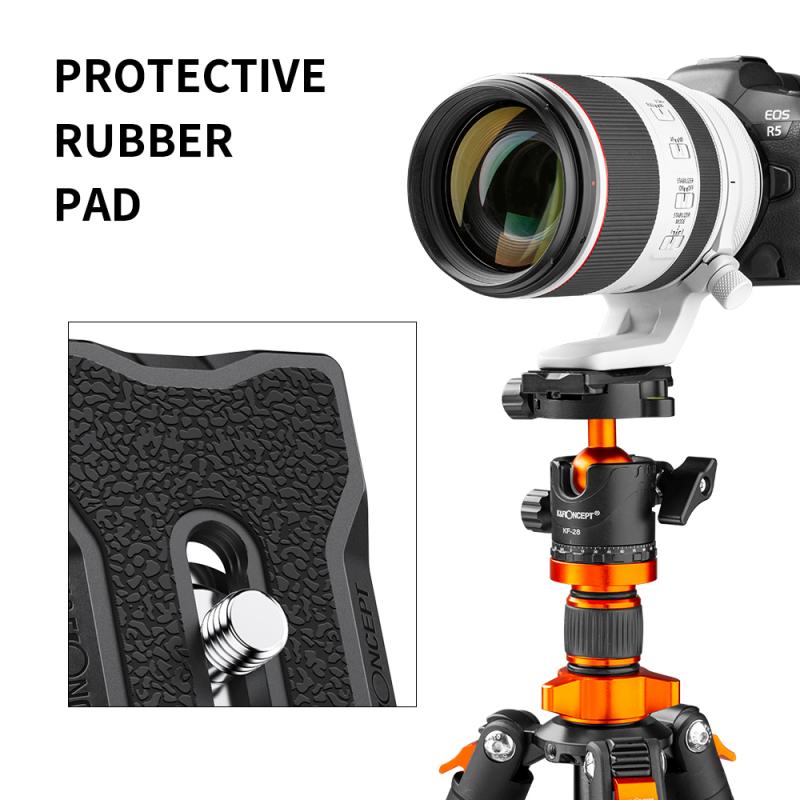
How to pack a tripod for air travel? Place parts in a sturdy, padded bag or case. This is the most important step in ensuring that your tripod arrives at your destination in one piece. A padded bag or case will protect your tripod from any bumps or jostles it may experience during travel. It is also important to make sure that the bag or case is sturdy enough to withstand the rigors of air travel.
In addition to placing your tripod in a padded bag or case, there are a few other things you can do to ensure its safe arrival. First, make sure that all of the parts are securely fastened and that nothing is loose. This will prevent any damage that could occur if parts were to shift during travel.
Another important step is to label your bag or case with your name, address, and phone number. This will help ensure that your tripod is returned to you if it is lost or misplaced during travel.
Finally, it is a good idea to check with your airline to see if there are any specific guidelines or restrictions for carrying tripods on board. Some airlines may require that tripods be checked as baggage, while others may allow them to be carried on board as a personal item.
Overall, packing a tripod for air travel requires a bit of care and attention, but with the right preparation, you can ensure that your tripod arrives at your destination safe and sound.
4、 Pack bag or case in checked luggage

How to pack a tripod for air travel:
1. Disassemble the tripod: Remove the head, legs, and any other detachable parts.
2. Wrap each part separately: Use bubble wrap or foam padding to protect each part from scratches and damage.
3. Secure the parts: Use rubber bands or Velcro straps to keep the parts together.
4. Place the parts in a padded bag: A tripod bag or a padded camera bag will provide extra protection during transport.
5. Pack the bag in your carry-on luggage: It's best to keep your tripod with you in case your checked luggage gets lost or delayed.
6. Check airline regulations: Some airlines may have specific rules about carrying tripods on board, so it's important to check before you travel.
7. Consider a travel tripod: If you travel frequently, investing in a lightweight and compact travel tripod may be a better option than packing a full-size tripod.
In recent years, some airlines have become stricter about carry-on luggage size and weight restrictions, so it's important to check the airline's regulations before you travel. Some airlines may require you to check your tripod in your checked luggage, so it's important to pack it securely to prevent damage during transport. Additionally, some countries may have restrictions on the types of tripods that can be brought into the country, so it's important to research the regulations before you travel.


